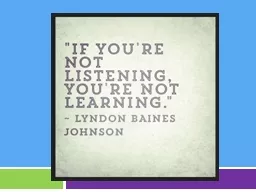PPT-Najelu
Author : calandra-battersby | Published Date : 2016-02-26
dasun ono igajagi yoja Kopi hanjanui yeoyureul aneun pumgyeok inneun yeoja Bami om ya shimjangi bdeugeowojineun yeoja Geureon banjeon
Presentation Embed Code
Download Presentation
Download Presentation The PPT/PDF document "Najelu" is the property of its rightful owner. Permission is granted to download and print the materials on this website for personal, non-commercial use only, and to display it on your personal computer provided you do not modify the materials and that you retain all copyright notices contained in the materials. By downloading content from our website, you accept the terms of this agreement.
Najelu: Transcript
dasun ono igajagi yoja Kopi hanjanui yeoyureul aneun pumgyeok inneun yeoja Bami om ya shimjangi bdeugeowojineun yeoja Geureon banjeon .
Download Document
Here is the link to download the presentation.
"Najelu"The content belongs to its owner. You may download and print it for personal use, without modification, and keep all copyright notices. By downloading, you agree to these terms.
Related Documents

